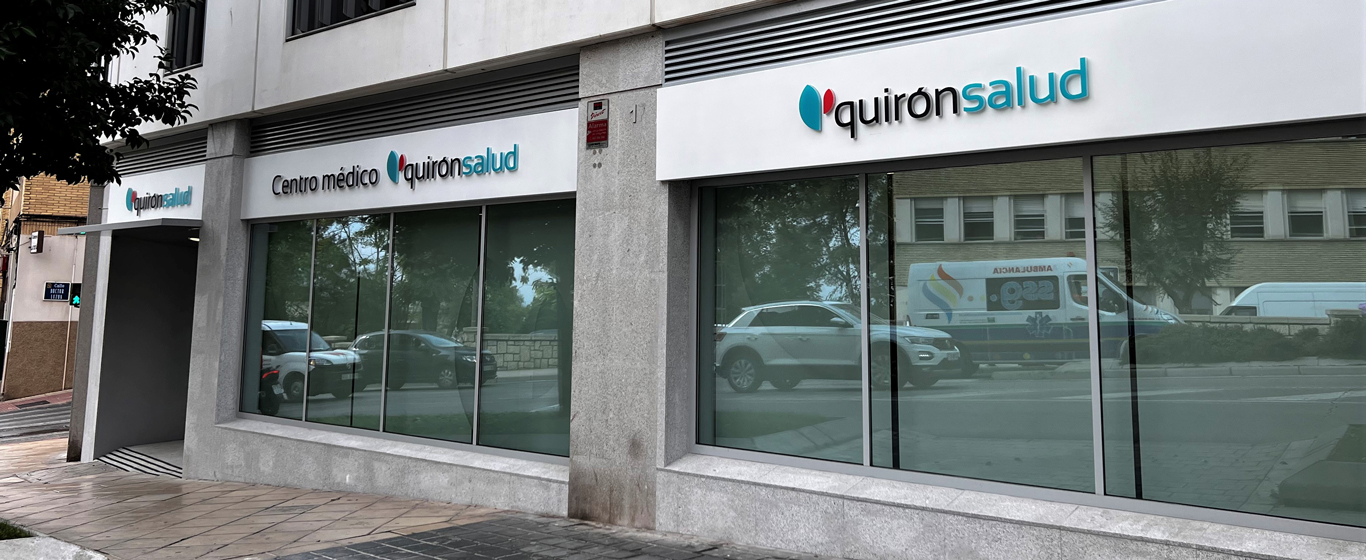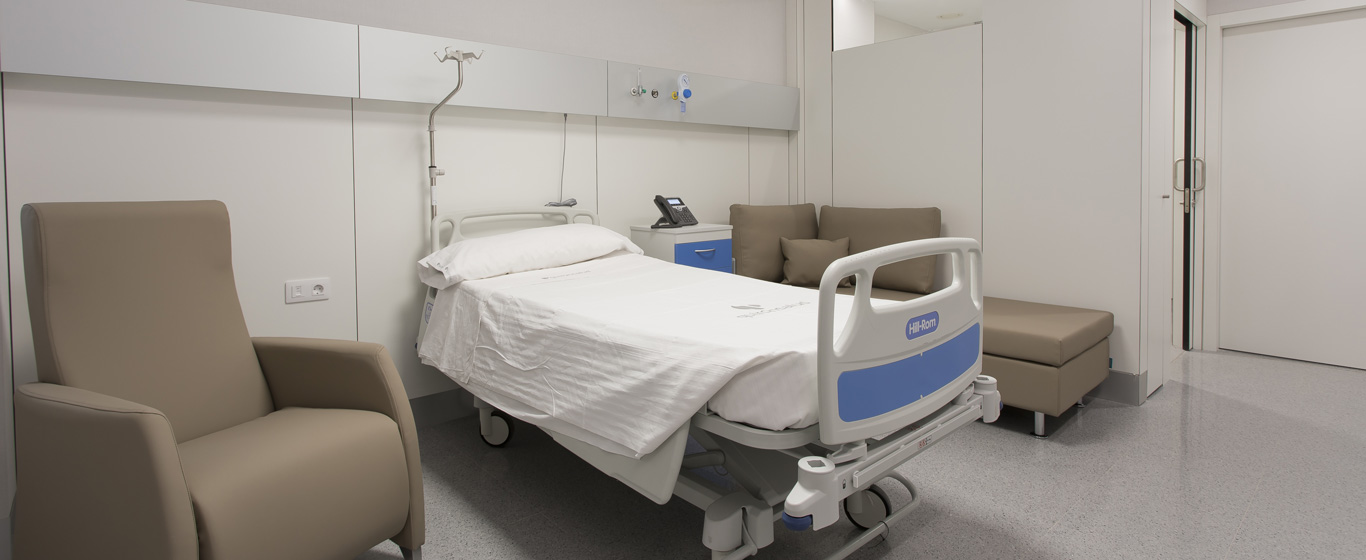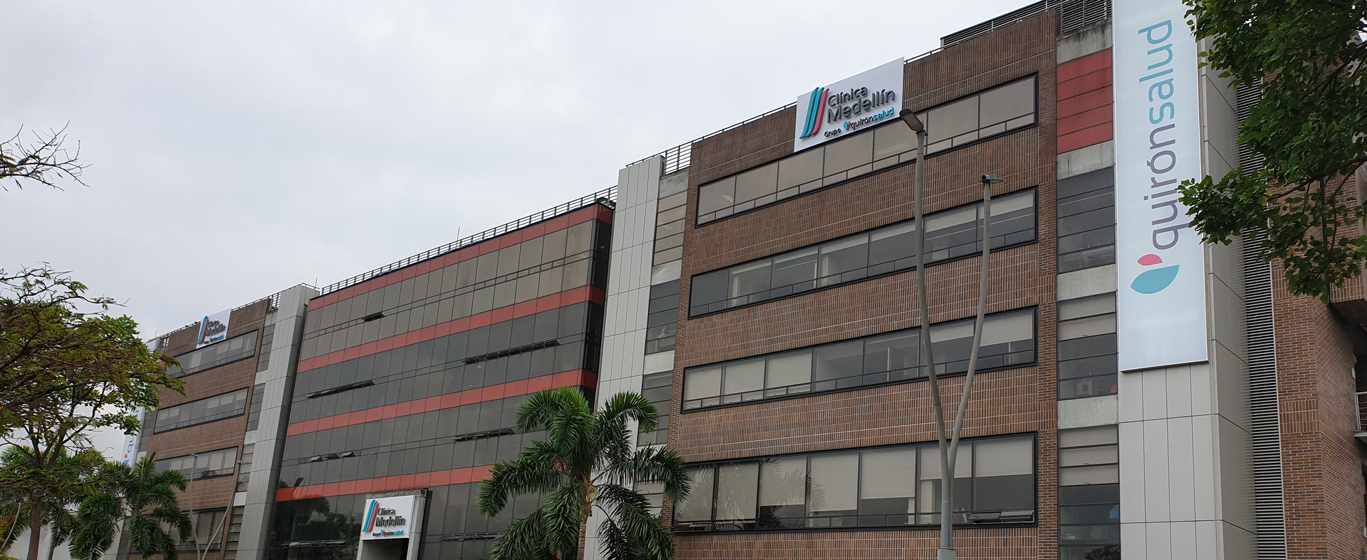Single-Photon Emission Computed Tomography (SPECT)
SPECT provides three-dimensional images of the structures and functions of internal organs. This non-invasive procedure uses a small amount of radioactive substances that attach differently to healthy tissues than to damaged ones.

General Description
Single-photon emission computed tomography (SPECT) is a diagnostic test that provides functional and structural three-dimensional images of the internal organs. Its precision allows for more accurate diagnoses and, therefore, the application of the most appropriate treatments for each case.
SPECT is a type of scintigraphy that acquires images in a tomographic manner, i.e., in sections of the organs. To obtain these images, a radiotracer (a substance that, once inside the body, emits gamma radiation) is used, which is absorbed by healthy tissues differently than by damaged ones. Most SPECT tests use radiopharmaceuticals with technetium-99m, primarily 99mTc-MIBI or 99mTc-TETROFOSMIN.
SPECT is widely used in various medical specialties:
- Oncology: it is a useful technique for diagnosing and locating tumors. It is also used as guidance in surgical procedures or to monitor cancer response to treatments.
- Neurology: it detects signs of neurodegenerative diseases like Alzheimer’s, Parkinson’s, or epilepsy, as it allows for viewing obstructions in blood flow in the brain or areas with convulsive activity. It is also used to monitor the progression of these diseases.
- Cardiology: it provides tools for studying the heart's pumping ability and evaluating blood flow to the heart, which helps detect ischemias or heart attacks.
- Traumatology: the detail in the images allows for the observation of bone injuries, such as hidden fractures, bone infections, and spinal pathologies.
- Internal Medicine or Endocrinology: it provides information on the functioning of the thyroid gland.
In certain cases, especially for bone diseases, SPECT and CT are combined to obtain both anatomical and metabolic information about the body in a single test, using the same equipment.
When is it indicated?
SPECT is used in patients with symptoms associated with cancer, neurodegenerative diseases, thyroid function disorders, or cardiac pathologies. It is also useful in monitoring the body’s response to surgical, radiological, or chemotherapy treatments.
How is it performed?
First, the radiotracer is administered intravenously, usually in the arm, and its composition varies depending on the pathology being diagnosed or ruled out. After waiting for about an hour to allow the substance to distribute evenly to all tissues, the area of the body to be studied is placed in the circular device that emits photons (gamma camera), and the way the energy moves through the body is recorded. Therefore, the patient’s posture varies depending on the type of study required, although they remain lying on the table as still as possible.
In cases of cardiac SPECT, one test is usually performed at rest and another during exertion. For this, an initial dose of radiopharmaceutical is administered at maximum effort. After at least an hour, a second dose is injected to obtain resting images.
Risks
Regardless of the use of radiopharmaceuticals, SPECT is a test that poses no health risks because the radiation doses used are very low. When used in pediatric patients, the amounts are adjusted to their size and weight. In rare cases, an allergy to the radiotracer may develop, causing itching, erythema, asthma, or diarrhea.
As the effects on fetuses may be greater, this test is not recommended for pregnant women. Breastfeeding mothers should discard the milk produced in the 24 hours following the test to avoid risks. Contact with pregnant women and children should also be avoided for a few hours after the test.
What to expect from a SPECT
SPECT is an outpatient test, so hospitalization is not necessary. Aside from the discomfort felt when the radiopharmaceutical is injected, it is not painful. Before undergoing the SPECT, a consent form must be signed.
Upon arrival at the appointment, the radiotracer is administered, and the patient must wait in rest for an hour before the procedure begins, which lasts between 20 minutes (brain SPECT) and 4 hours (myocardial SPECT) depending on the type and area of study.
In myocardial perfusion SPECTs, patients must exercise to observe the heart’s response to exertion. They are typically asked to walk on a treadmill or pedal on a stationary bike.
The device that emits waves and collects the images is tube-shaped, so it may be uncomfortable for people with claustrophobia when it is necessary to insert their head into it. The gamma camera does not produce any loud or annoying sounds.
The results report is provided a few days after the test during a consultation with the specialist.
Specialties that request a SPECT
Nuclear medicine doctors perform the SPECT, which can be requested from oncology, neurology, cardiology, traumatology, endocrinology, internal medicine, or pulmonology.
How to prepare
In general, a minimum fast of six hours is required before the test. After the SPECT, it is recommended to drink plenty of water to eliminate the medication as quickly as possible.
Since the test is done with a medical gown and without any jewelry or metals, it is advisable to wear comfortable clothing and leave metallic objects at home.















































